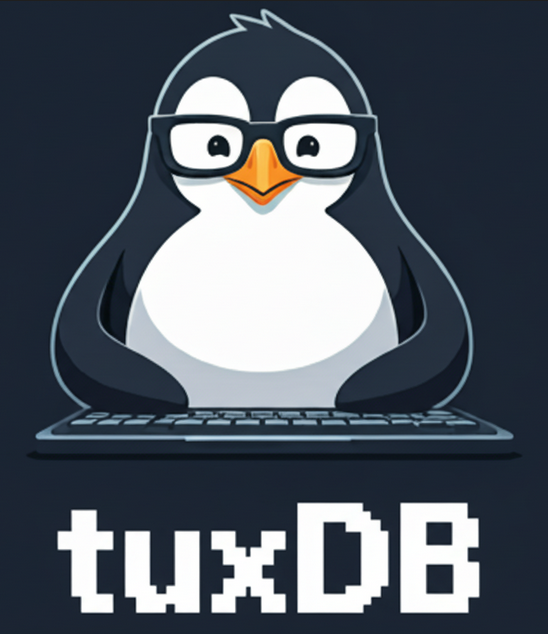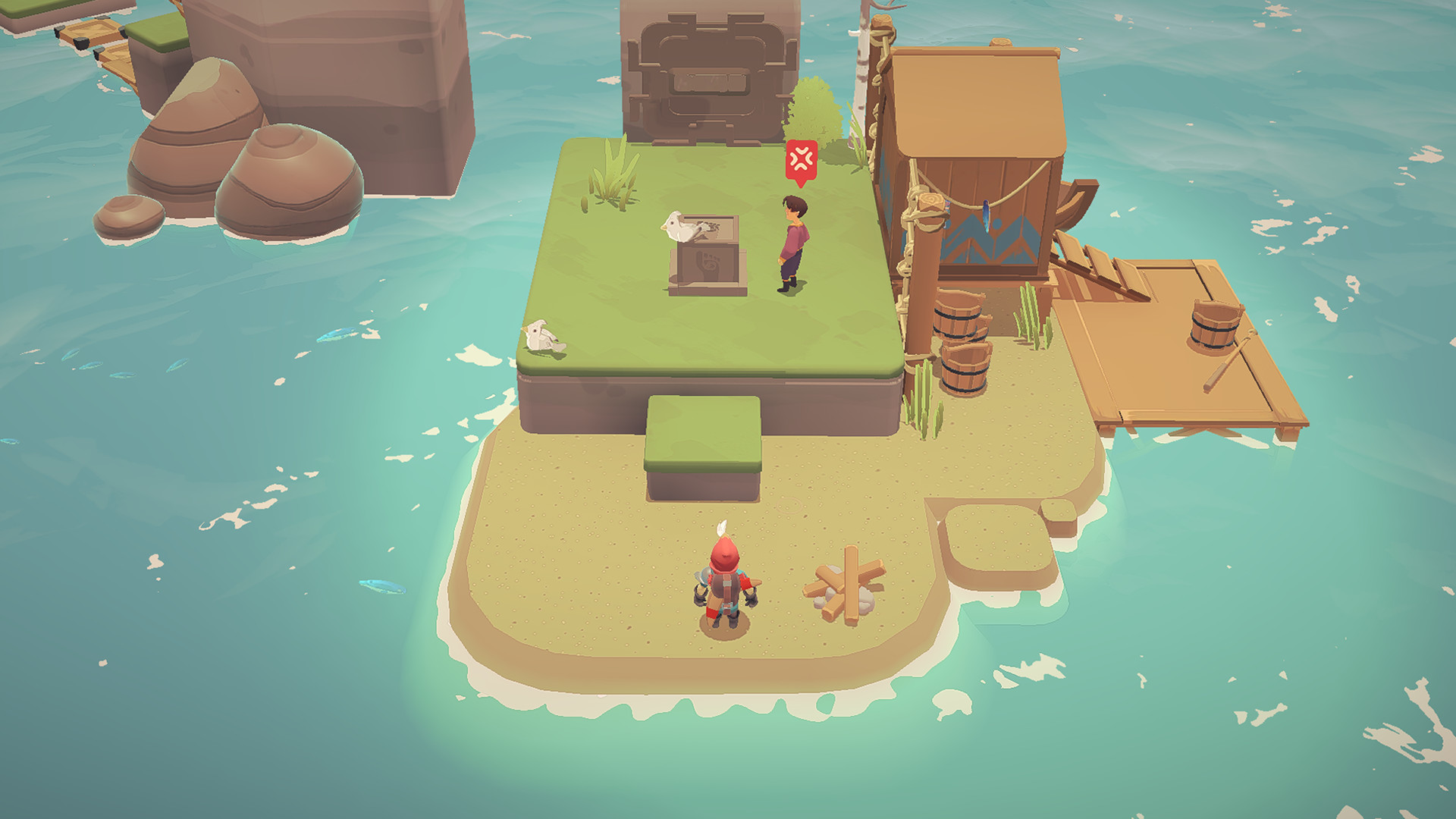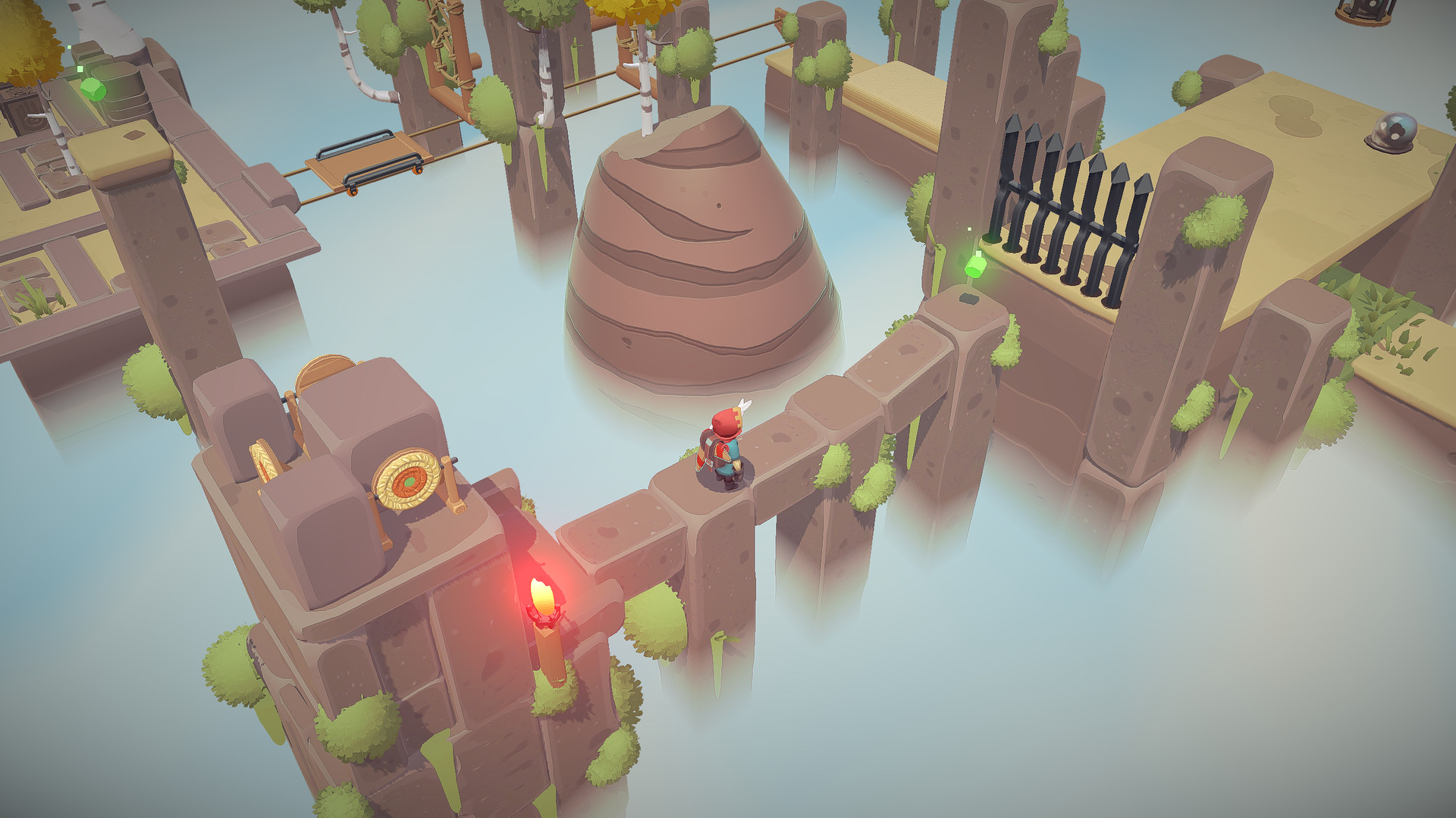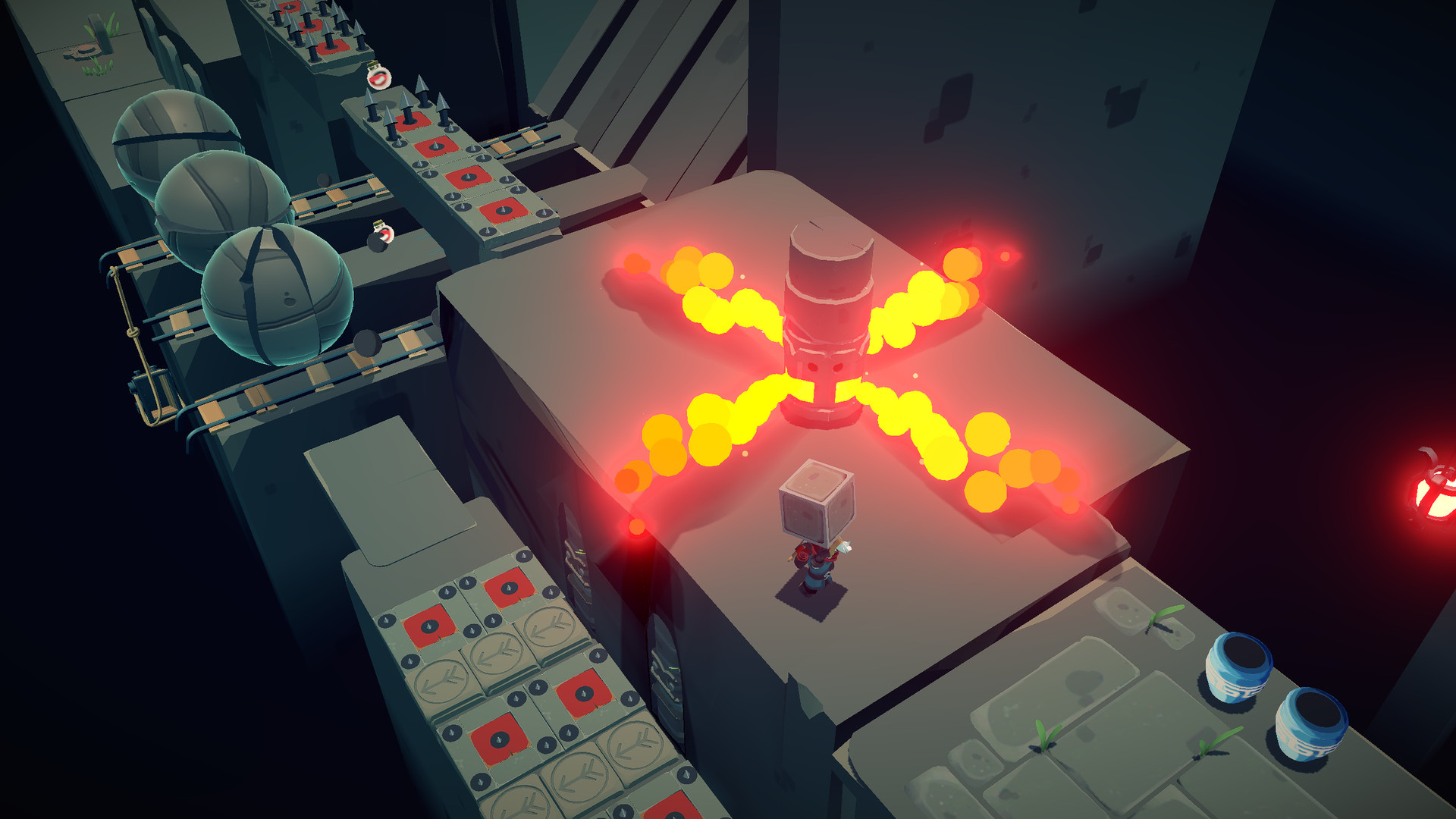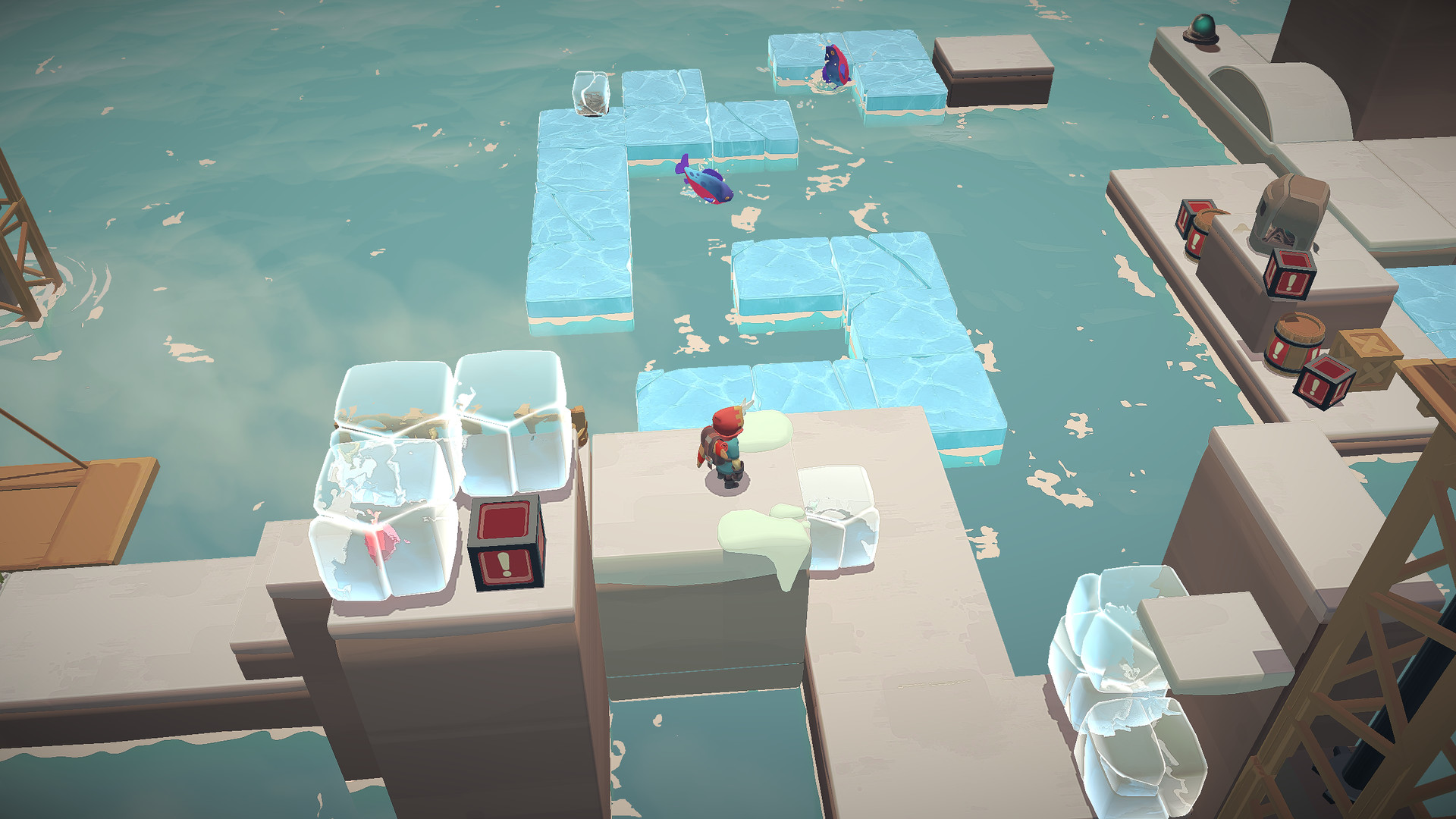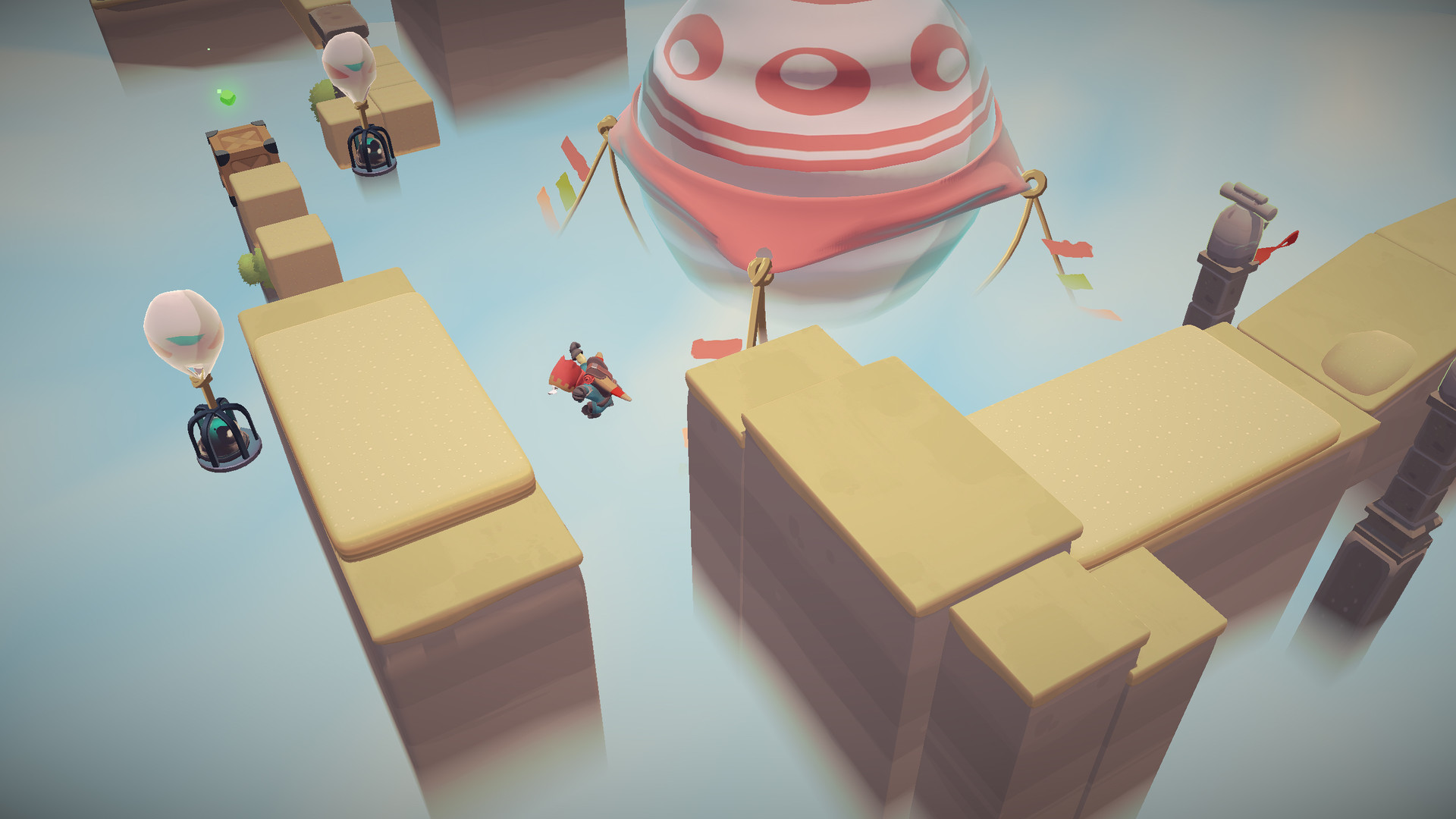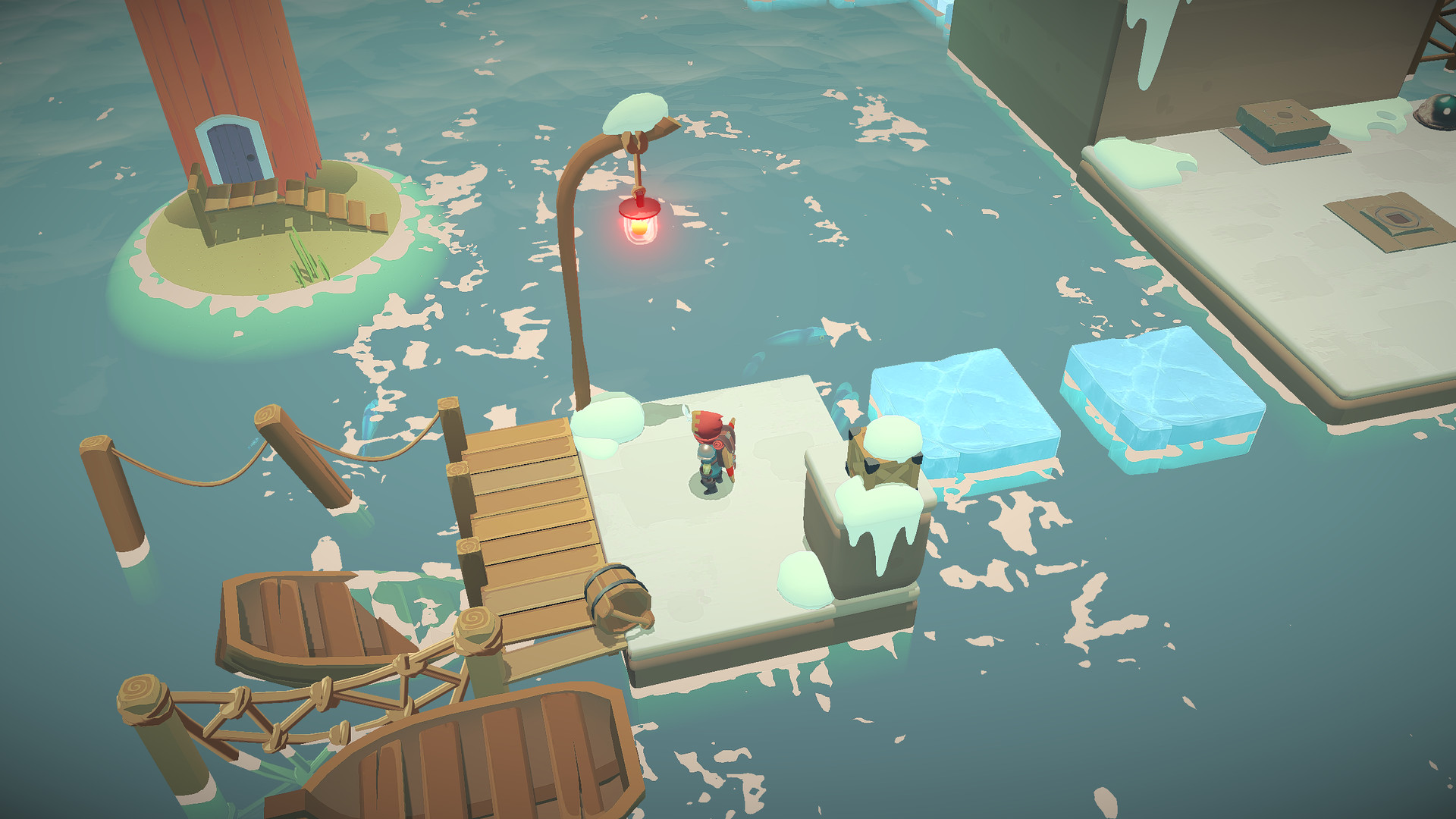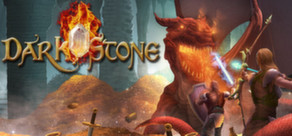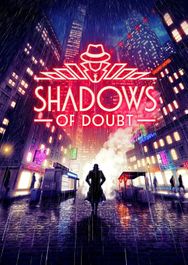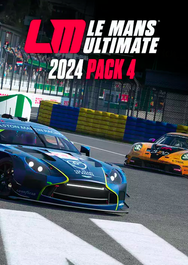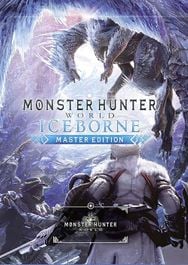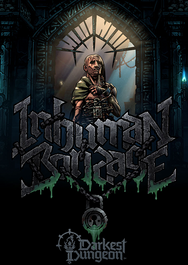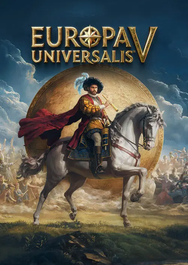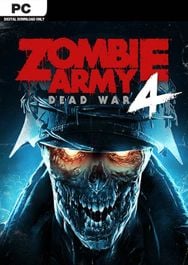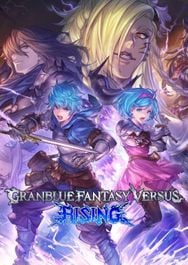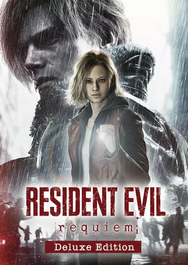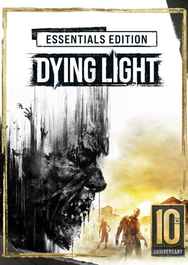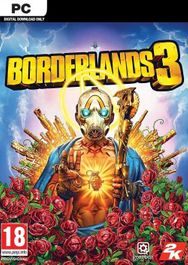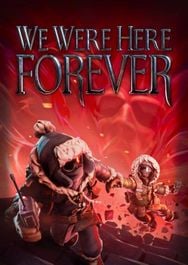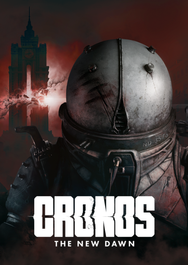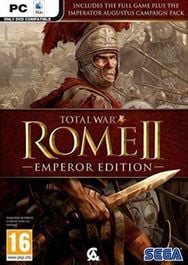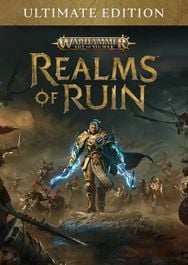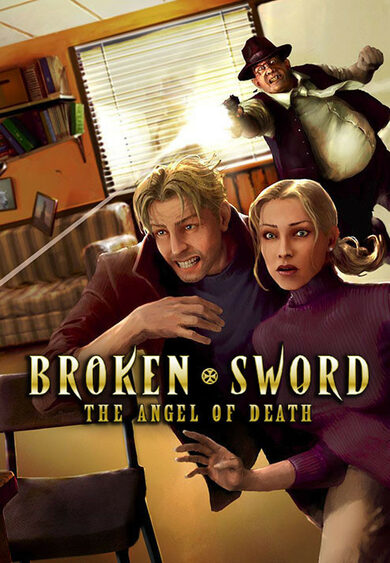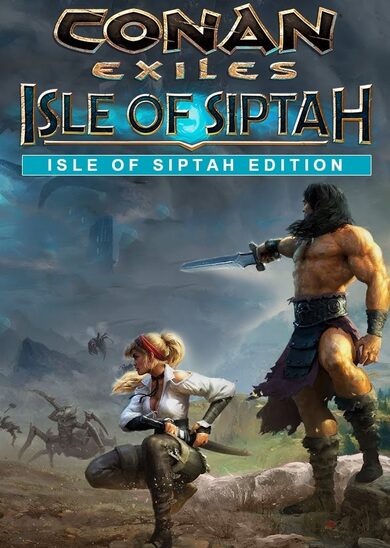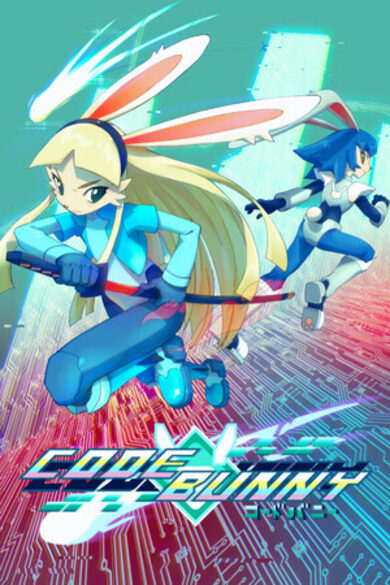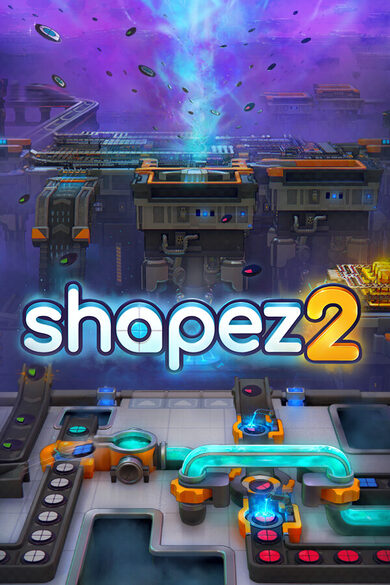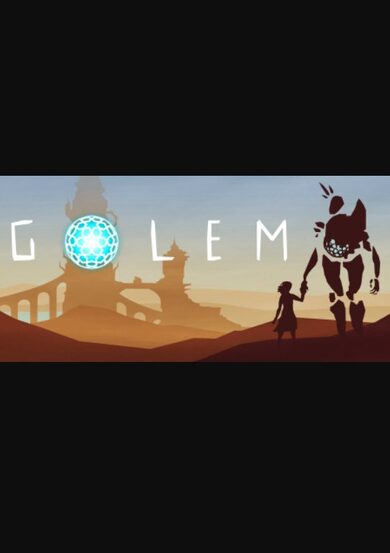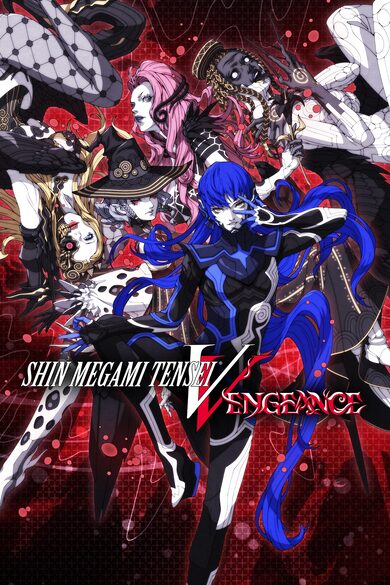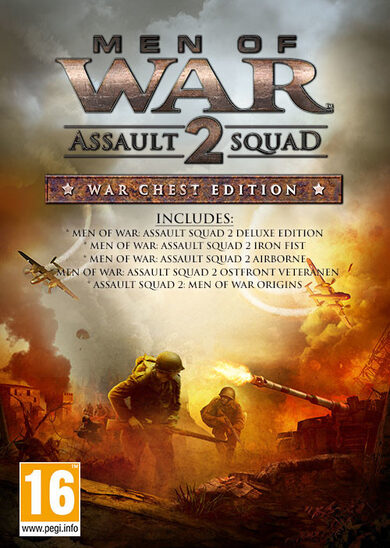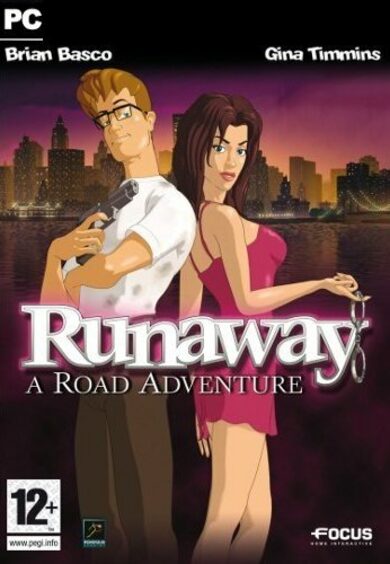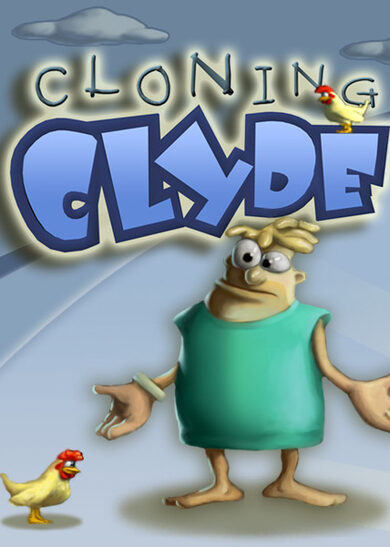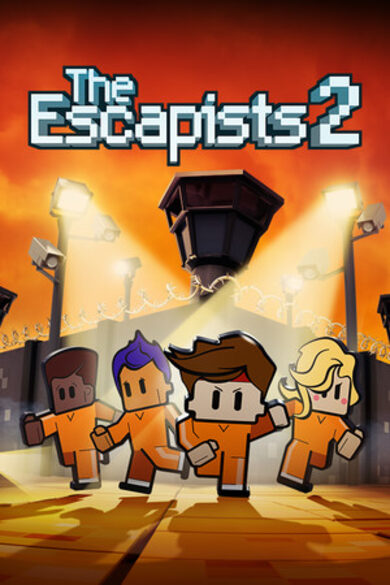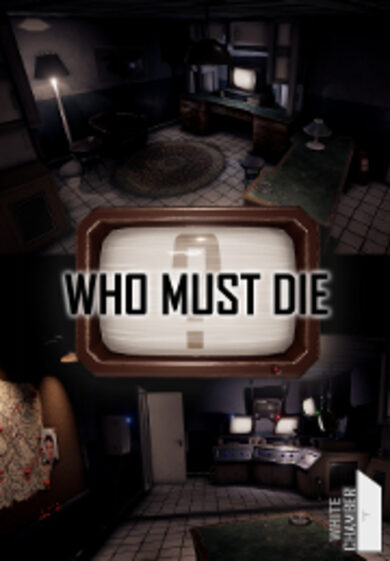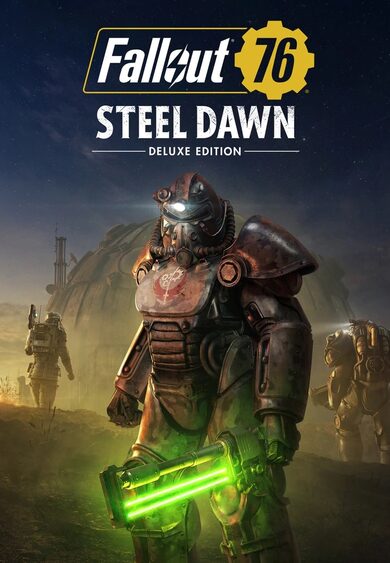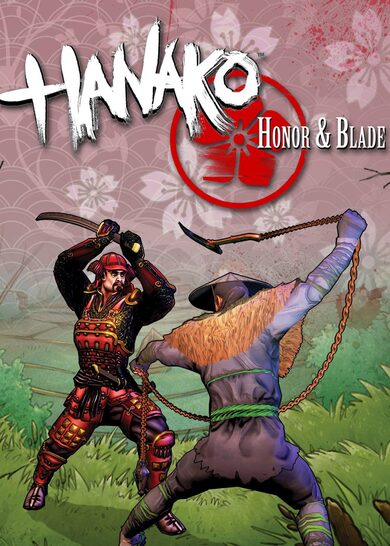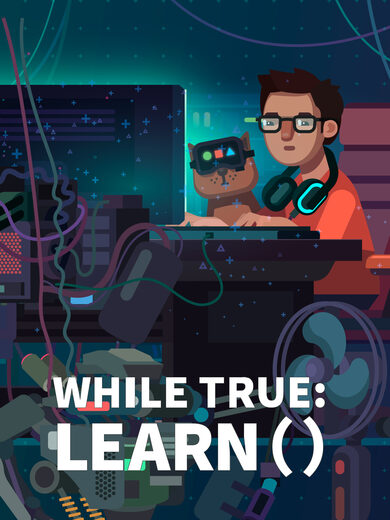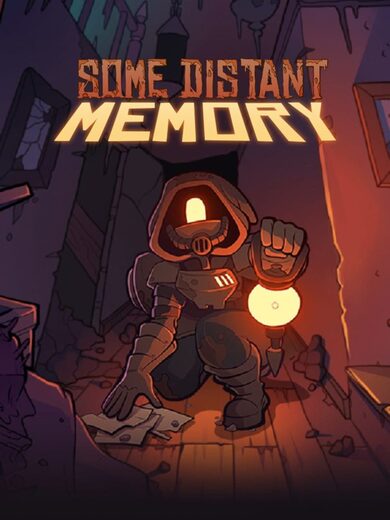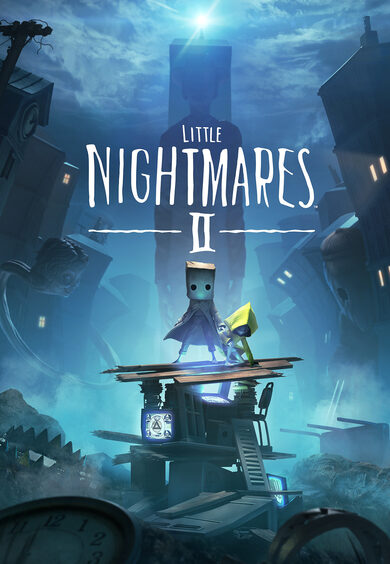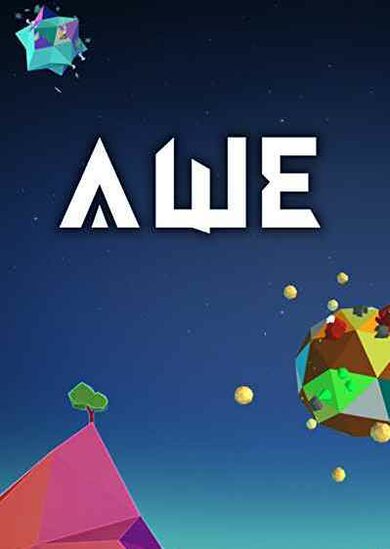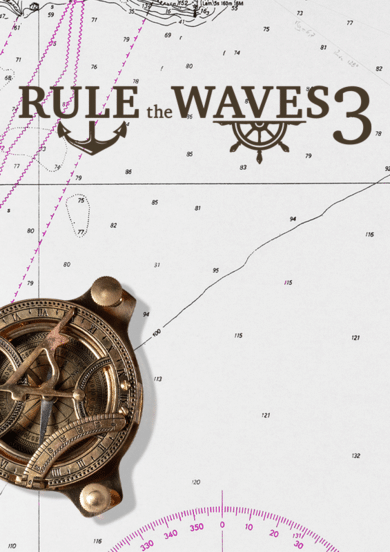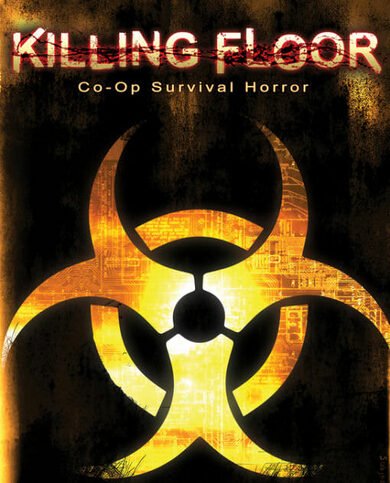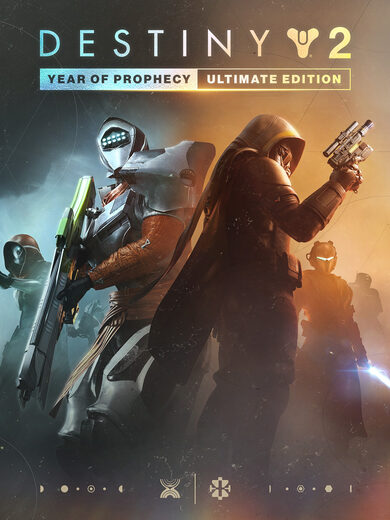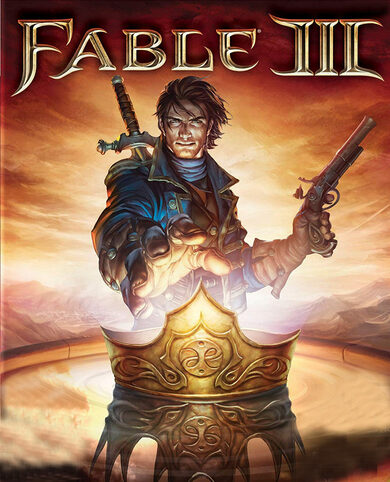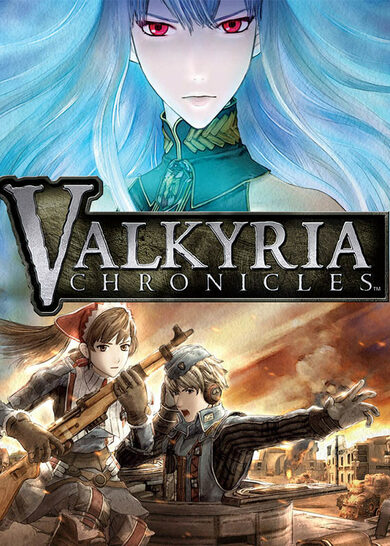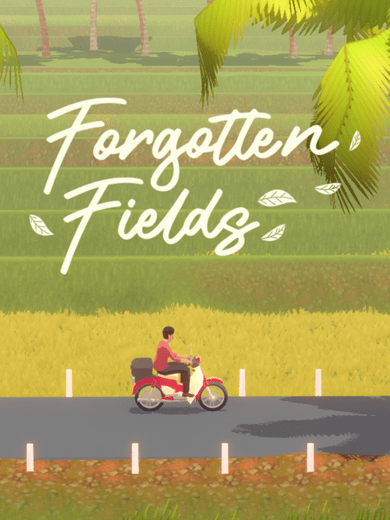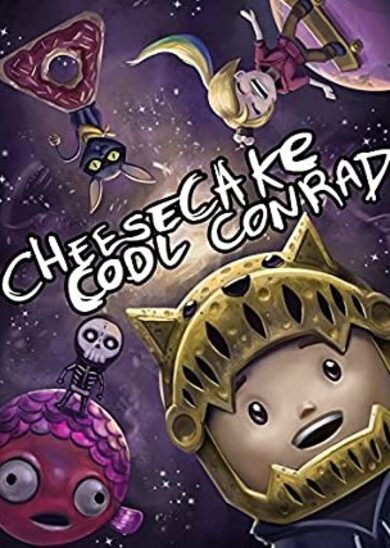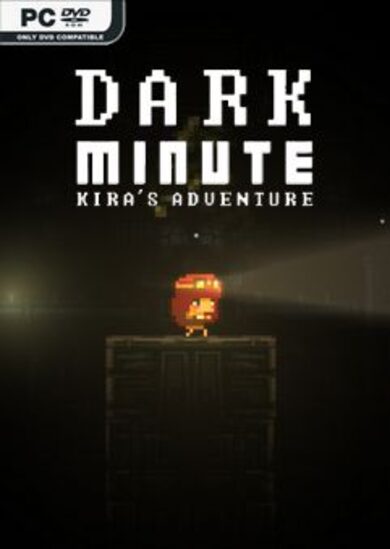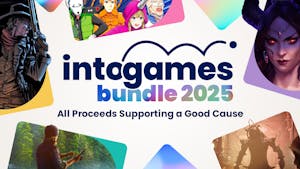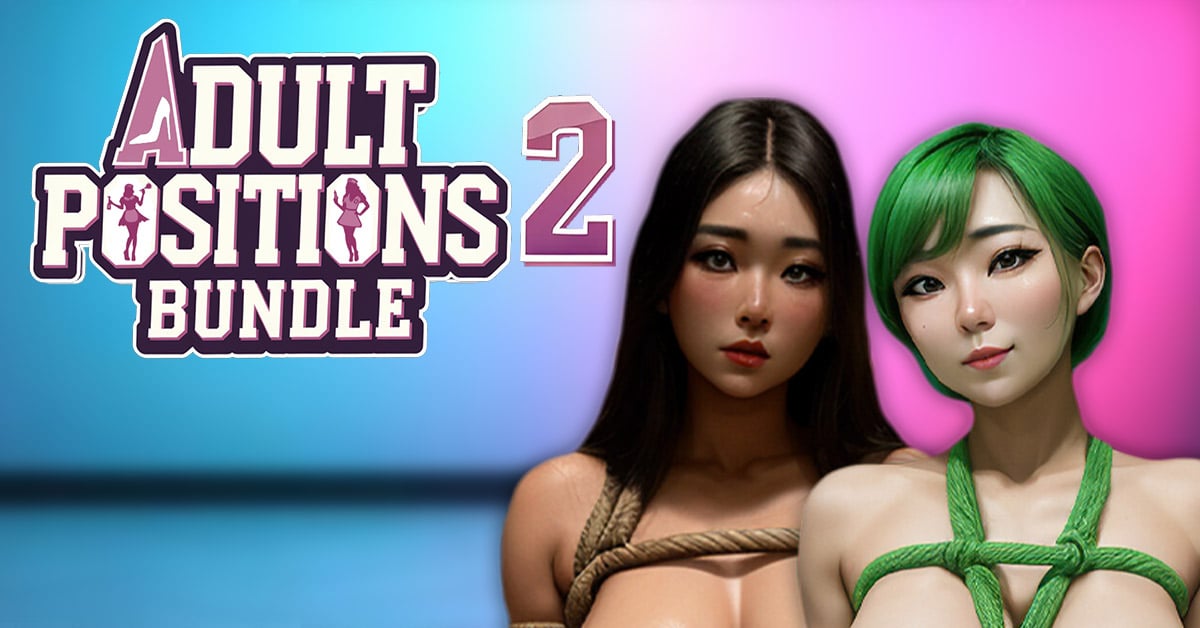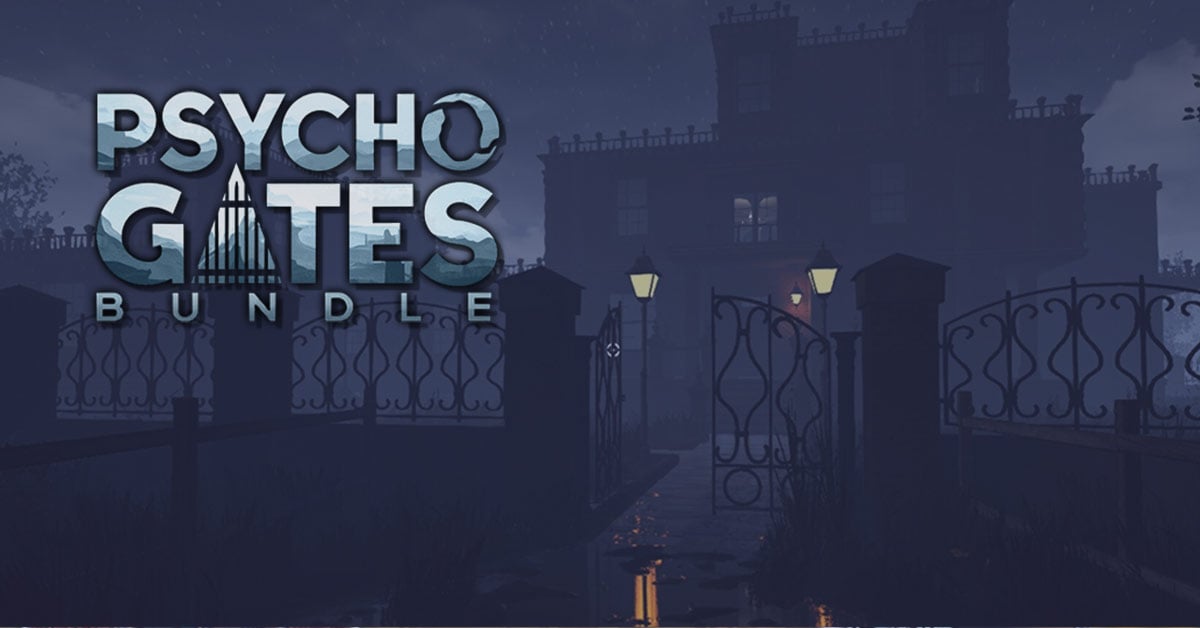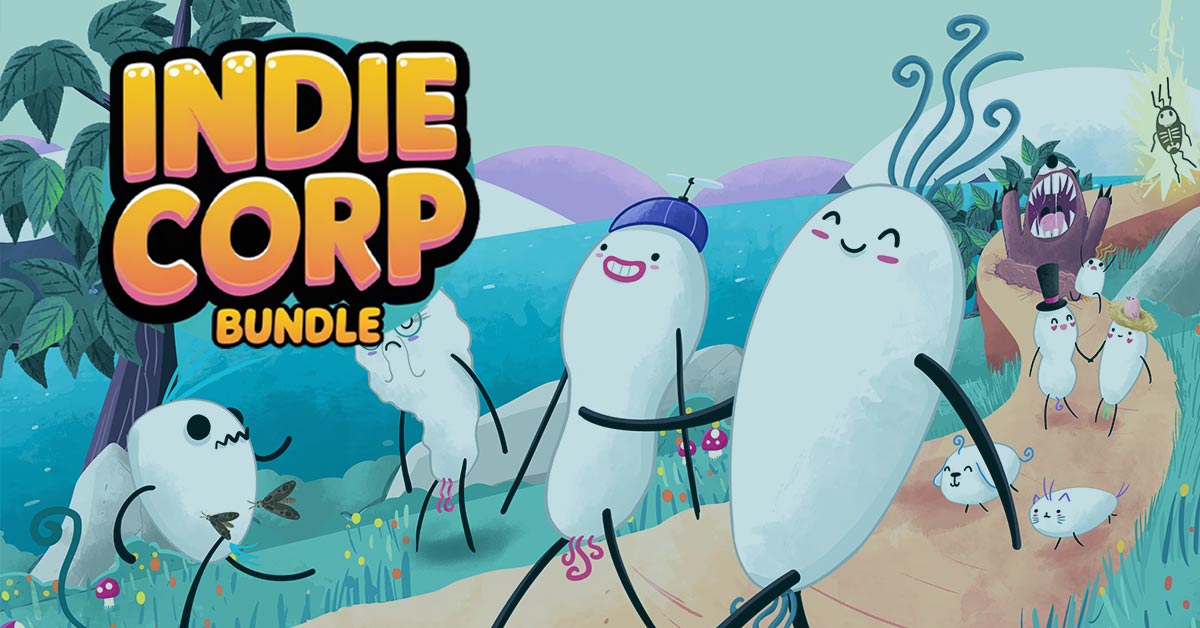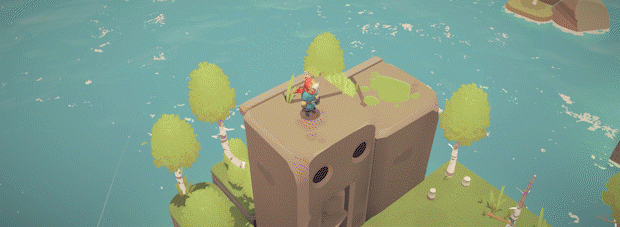
The Lightbringer is a poetic adventure/puzzle platformer with light combat elements, set in a beautiful world claimed by a vile corruption. Guided by your sister’s spirit, you must prevail where she could not. Cleanse the corruption, become The Lightbringer.
The world is under siege by a malicious corruption, targeting the ancient monoliths that gave power and light to these lands. As the chosen one, you have the ability to harness pure light energy from the air, energy that will aid you in cleansing the monoliths to bring back their light.
Explore, jump and fight your way through each level while gathering light motes. Every level functions like its own little world, and you’ll need to venture off the beaten path to find enough to cleanse the level’s monolith.
KEY FEATURES:
- Old School Adventure
The Lightbringer draws a lot of inspiration from earlier Zelda games, and is all about invoking that feeling of wanting to explore every nook and cranny. - Semi-isometric Gameplay
With a rotatable camera in an isometric view, you’ll need to look at things from many different angles in order to find solutions to your obstacles. Remember: There’s often more than meets the eye… - A poetic journey
Your sister’s spirit guides your entire journey, narrating the gameplay entirely in verse. - Hazardous Dungeons
Explore dark dungeons full of danger. Watch out for traps, secrets and that pesky slime!
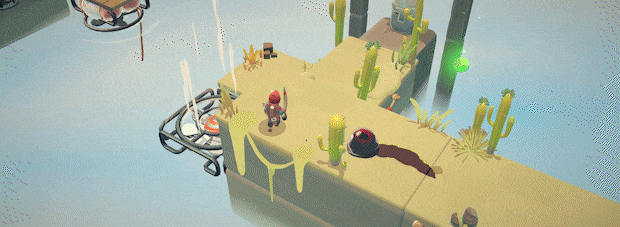
Dev Diary Working Game vs GDD
1. Introduction
In the last post, I mentioned how we should include the team members in the process of creating the game from day one. No waiting for GDD updates for weeks. Id like to elaborate on that.
The third line of the Agile Manifesto says:
Working software over comprehensive documentation
2. The struggles of communication
Communication is hard. Whatever amazing concept for the game you have, it has to go through many filters before it reaches the screen as a playable thing.
First, you are trying to put your thoughts on paper. What you have in your head will never be precisely what you will write in the GDD. Something will always be lost in translation.
Then people reading it absorb it through their own filters: knowledge, experience, likes and dislikes, what mood they are in, and the last game that captured their heart. So what they think they just read is pretty far away from what you intended.
Then there is another filter the ability to turn what they think you want into code, art, level design, etc.
Its just a first iteration and you already lost so much in the translation.
3. The Agile Way
But if you have an agile mindset, you can turn this to your advantage.
Your artist, whos super creative and a mastered Houdini, will create something different than you imagined for sure, but it might be something 10 times more interesting.
And your programmer just had an amazing idea for using a cool algorithm to enhance the original concept. And so on.
So if we know this will happen why not own it from day one. Dont start on a GDD that is meant for EVERYONE.
Sit down with your artists (or at least with the Lead Artist), use the design pillars and a ref board to give them a direction, but also tune in to what they might think and ideas they might have.
After this brainstorming session, create a short document specifically for them. But dont treat this document as a rigorous bible with no room for changes. Treat it as a reminder of what youve discussed and the direction for the next couple of weeks.
After a few weeks, youll have another discussion. A lot of things have probably changed by then and you might need to create a new one anyway.
Same with the other departments, engineering, level design, game designers. Each of them will need different answers and different documents.
But those documents are just a write-up of your discussion, when in doubt the team should just talk to you.
4. Ownership
You want to encourage your team to take ownership of what they create. But to do that, they have to have some room to be creative and to make decisions. They cant own something they dont have any influence on.
After a few iterations, the team will build momentum. Having made a lot of decisions themselves your teammates will be much more open to changes in the design.
So what are the downsides of this approach? As I said before: Communication is hard. Some people confuse close collaboration and ownership with the design by committee approach.
And some people will expect you to debate every minute detail and convince them of the settings direction. And sometimes they just might not want to be convinced.
Others cant differentiate between the genres they like and the genres they make. So they will try to force different directions because their preferences as gamers lie elsewhere. These are all very tricky cases.
That's why its really important to create a work culture where people not only dare to speak their minds but where they also understand that they are not making a game for themselves. Sometimes they have to do something they dont like. And that there is a point when debates have to stop, even if not everyone is convinced. Agendas for meetings and not exceeding meetings time are very important.
Remember you are making games with a specific target audience in mind, not trying to please everyone.
Thats all for this post, thank you for your attention!
Have a great day,
Janusz Tarczykowski

Agile Game Development Part 3: Working Game vs GDD
1. Introduction
In the last post, I mentioned how we should include the team members in the process of creating the game from day one. No waiting for GDD updates for weeks. Id like to elaborate on that.
The third line of the Agile Manifesto says:
Working software over comprehensive documentation
2. The struggles of communication
Communication is hard. Whatever amazing concept for the game you have, it has to go through many filters before it reaches the screen as a playable thing.
First, you are trying to put your thoughts on paper. What you have in your head will never be precisely what you will write in the GDD. Something will always be lost in translation.
Then people reading it absorb it through their own filters: knowledge, experience, likes and dislikes, what mood they are in, and the last game that captured their heart. So what they think they just read is pretty far away from what you intended.
Then there is another filter the ability to turn what they think you want into code, art, level design, etc.
Its just a first iteration and you already lost so much in the translation.
3. The Agile Way
But if you have an agile mindset, you can turn this to your advantage.
Your artist, whos super creative and a mastered Houdini, will create something different than you imagined for sure, but it might be something 10 times more interesting.
And your programmer just had an amazing idea for using a cool algorithm to enhance the original concept. And so on.
So if we know this will happen why not own it from day one. Dont start on a GDD that is meant for EVERYONE.
Sit down with your artists (or at least with the Lead Artist), use the design pillars and a ref board to give them a direction, but also tune in to what they might think and ideas they might have.
After this brainstorming session, create a short document specifically for them. But dont treat this document as a rigorous bible with no room for changes. Treat it as a reminder of what youve discussed and the direction for the next couple of weeks.
After a few weeks, youll have another discussion. A lot of things have probably changed by then and you might need to create a new one anyway.
Same with the other departments, engineering, level design, game designers. Each of them will need different answers and different documents.
But those documents are just a write-up of your discussion, when in doubt the team should just talk to you.
4. Ownership
You want to encourage your team to take ownership of what they create. But to do that, they have to have some room to be creative and to make decisions. They cant own something they dont have any influence on.
After a few iterations, the team will build momentum. Having made a lot of decisions themselves your teammates will be much more open to changes in the design.
So what are the downsides of this approach? As I said before: Communication is hard. Some people confuse close collaboration and ownership with the design by committee approach.
And some people will expect you to debate every minute detail and convince them of the settings direction. And sometimes they just might not want to be convinced.
Others cant differentiate between the genres they like and the genres they make. So they will try to force different directions because their preferences as gamers lie elsewhere. These are all very tricky cases.
That's why its really important to create a work culture where people not only dare to speak their minds but where they also understand that they are not making a game for themselves. Sometimes they have to do something they dont like. And that there is a point when debates have to stop, even if not everyone is convinced. Agendas for meetings and not exceeding meetings time are very important.
Remember you are making games with a specific target audience in mind, not trying to please everyone.
Thats all for this post, thank you for your attention!
Have a great day,
Janusz Tarczykowski
[ 2021-05-31 16:00:14 CET ] [Original Post]
Minimum Setup
- OS: Ubuntu 12.04 LTS
- Processor: 2.0 GHz or betterMemory: 4 GB RAM
- Memory: 4 GB RAM
- Graphics: NVIDIA GeForce 8600/9600GT. ATI/AMD Radeon HD2600/3600 (Graphic Drivers: nVidia 310. AMD 12.11). OpenGL 2.1Network: Broadband Internet connection
- Storage: 4 GB available space
Recommended Setup
- OS: Ubuntu 14.04 LTS
- Processor: 3.0GHz or betterMemory: 8 GB RAM
- Graphics: NVIDIA GeForce GTX 850M or betterNetwork: Broadband Internet connection
- Storage: 4 GB available space
GAMEBILLET
[ 6395 ]
FANATICAL
[ 5907 ]
GAMERSGATE
[ 2906 ]
MacGameStore
[ 2497 ]
INDIEGALA
[ 1732 ]
LOADED
[ 1040 ]
ENEBA
[ 32822 ]
Green Man Gaming Deals
[ 867 ]
AllKeyShop
[ 25425 ]
FANATICAL BUNDLES
GMG BUNDLES
HUMBLE BUNDLES
INDIEGALA BUNDLES
by buying games/dlcs from affiliate links you are supporting tuxDB
